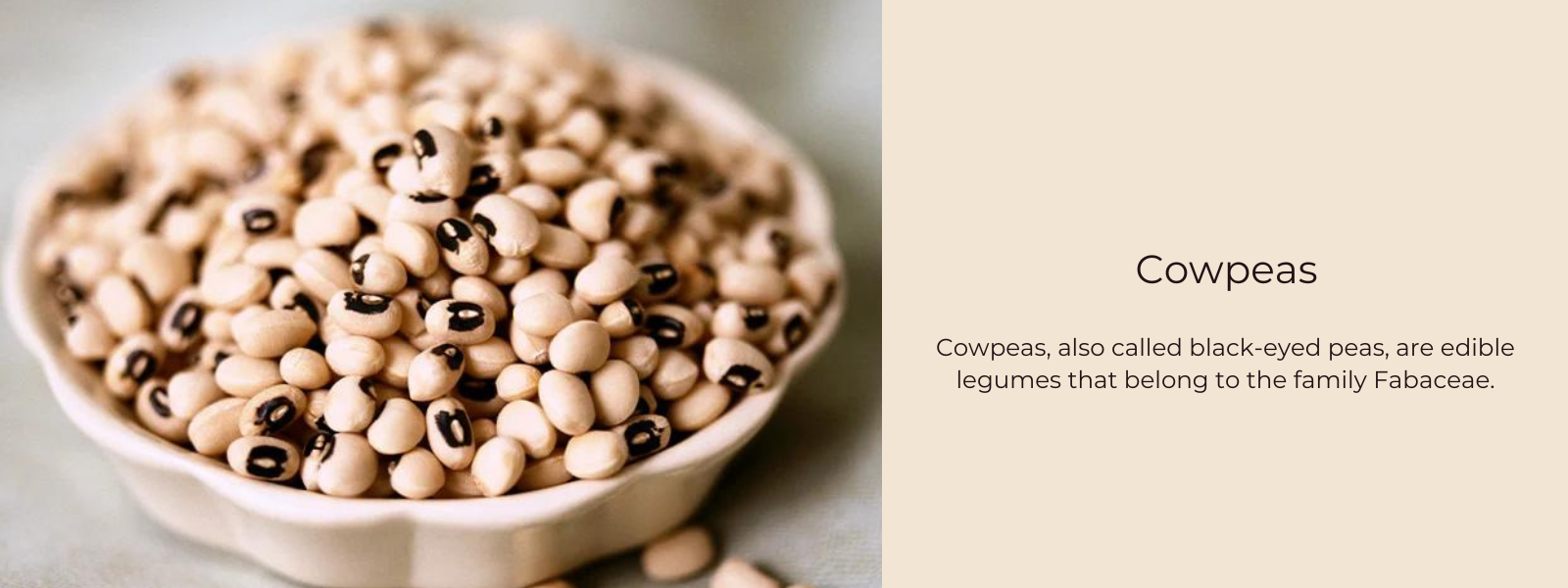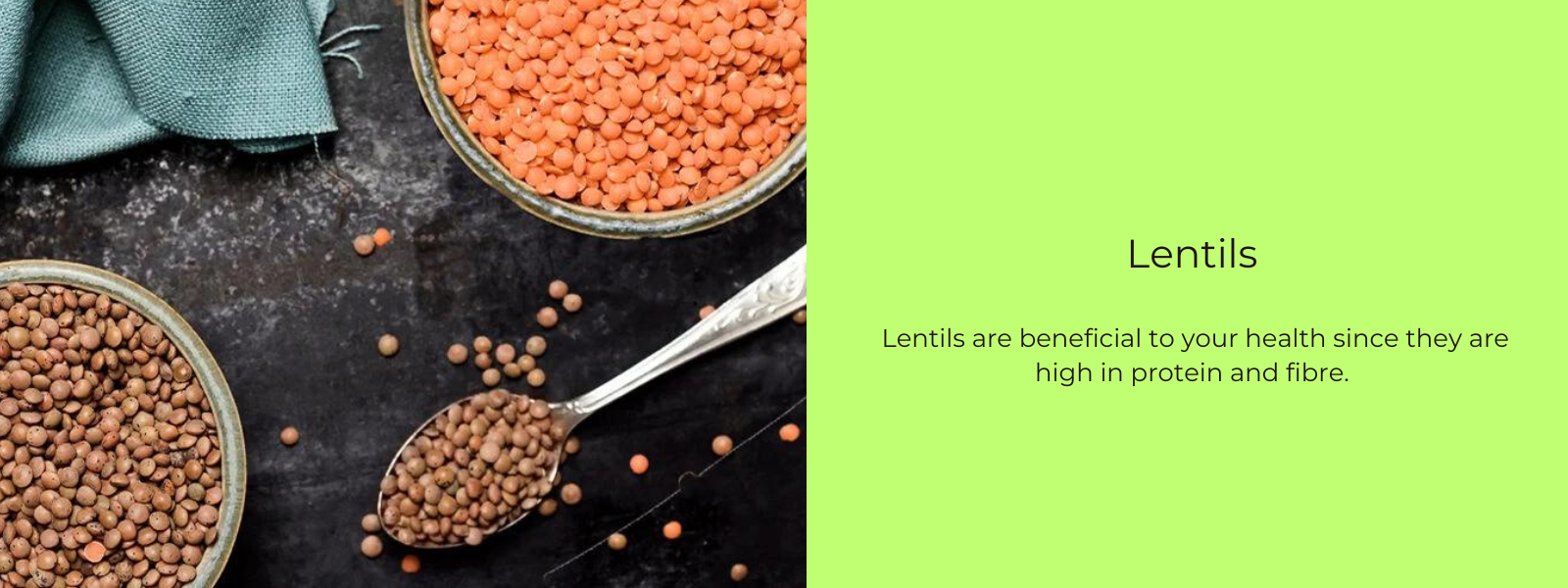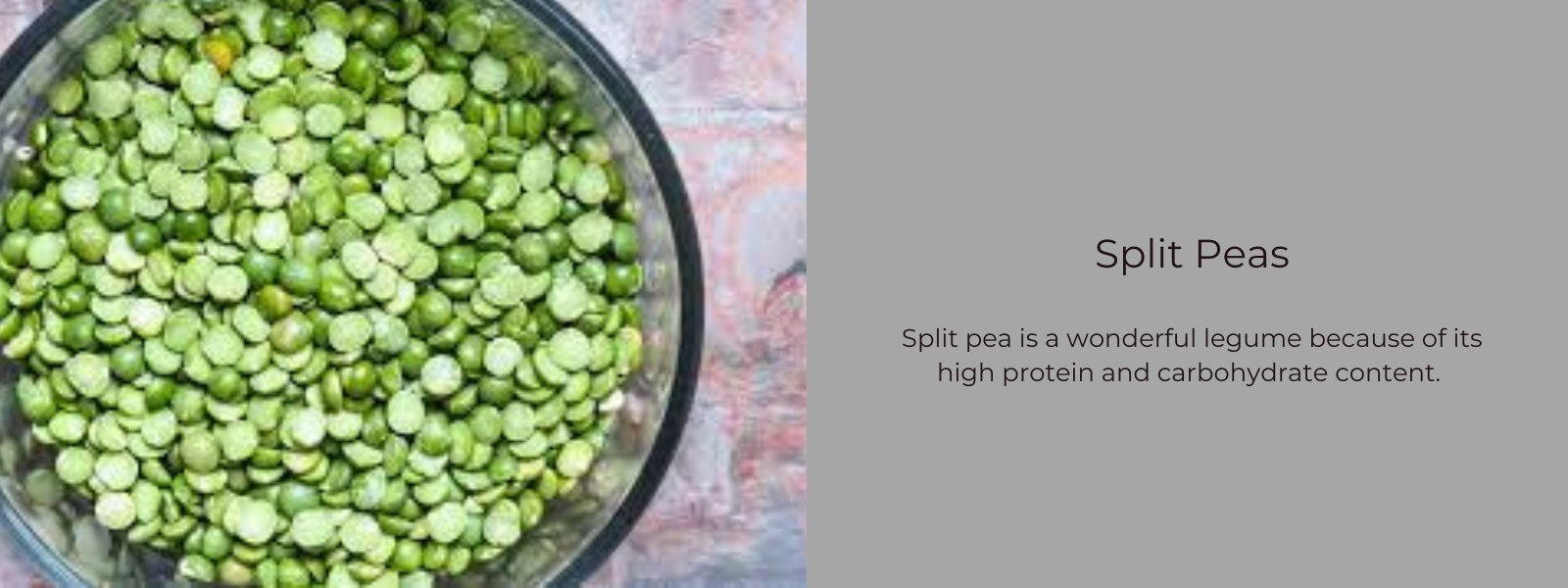Legumes are a kind of food that are in the family of Fabaceae or Leguminosae. You can eat them in soup, like cooked veggies, in salads, minced into flour or powder, canned, frozen, or any other way you can think of if you want to get creative. Beans, peas, and lentils are all types of veggies that are legumes. They are also very good for our health in many ways, like avoiding and fixing many health problems and keeping our bodies in better shape.
Table of Contents
What is legume?
Legume plants come from the Fabaceae plant family, which is additionally known as the Leguminosae plant family. It is hard to tell where they began. Every major culture grew at least one kind of bean. In Asia, sweets are made by grinding red adzuki beans into a paste. Both Mexico and Brazil eat a lot of black beans. And many Italian recipes have white cannellini beans.
Popular legumes:
Some popular legumes that are good for you are:
Garbanzo beans (chickpeas)
Kidney beans
Navy beans
Black-eyed peas
Difference between beans and legumes:
Beans are a type of plant called a legume. In other words, not all beans are legumes, but legumes are all beans.
Beans come from the seeds of many different kinds of plants, like Phaseolus vulgaris, Glycine max, and Vigna angularis. Each of these plants are in the family Fabaceae.
Difference between pulses and legumes:
Even though the words "legumes," and "pulses," are often used interchangeably, "legumes" refers to the whole plant, while "pulses" refers only to the seeds that can be eaten. For example, the whole legume plant is made up of the leaves, roots, and pods. On the contrary, pulses are made up of only the seeds, which could be beans, peas, or lentils. Some types of pulses are dal, chickpeas, and baked beans.
Health benefits of legumes:
Legumes are generally low in fat and don't have any fatty fat. Since they come from plants, they also don't have any cholesterol. Legumes are full of vitamin B, copper, magnesium, iron, zinc, manganese, and phosphorus, and they also have fibre, protein, and carbs. Studies show that, in addition to being a very healthy food, legumes can avoid and treat a wide range of health problems.
Type 2 Diabetes
Studies have shown that the chance of getting type 2 diabetes is lower if you eat a lot of plant-based foods like beans. Also, diabetics with type 2 can improve their glycemic index (GI) along with lipid control by eating beans every day.
Hyperlipidemia and High Blood Pressure
If you eat legumes often, you may be able to lower your total cholesterol as well as LDL values. Because they are high in potassium, magnesium, and fibre, beans help keep blood pressure in check. If they ate legumes every day, they could keep their triglycerides, blood pressure, weight, and waist size stable.
Weight Management
A diet with beans may also help you keep your weight in check. Legume's fibre, protein, and slowly consumed carbohydrates may help you feel full and lose weight.
Healthy Heart
Research has shown that eating beans can reduce blood pressure and inflammation, which are the primary risk factors for heart attack and stroke. Antioxidants are found in legumes, which may help avoid cell damage and lower the risk of heart disease, stroke, and cancer.
Ways to prepare legumes:
You can add legumes to any meal, whether it's breakfast, lunch and also dinner. Once they are done, you can eat them hot or cold.
Most dry beans, except for peas and lentils, need to be cleaned and soaked before they can be cooked.
- Rinse the beans with cold water and remove any rocks or stems.
- Cover the legumes (especially pulses) with 3 times as much water as there are beans.
- Let sit for 6 hours.
Best ways to eat legumes:
- You can put them in salsas, tacos, chilli, soups, salads, or pasta recipes.
- You can serve them with breakfast, lunch as well as dinner.
- Mix them together to use as dips and spreads.
- Use legume or baking.
Best ways to lessen gas caused by legumes:
- Always soak legumes like pulses. They are less inclined to cause gas if you soak them overnight or boil them first.
- If you don't eat a lot of legumes, start by eating a few each day. This assists in helping your body adjust to having more fibre.
- Eat them carefully.











Leave a comment